Now I understand that the question is deeper, and is connected with the tracking of events.
In Excel, I use this code:
If Not Intersect(Target, Sh.Range("$A$1:$A$300")) Is Nothing sub_do_something()
Here, Target - the address of the selected cell, Intersect determines whether the cell belongs to the specified range.
I use it in the system for filling and calculating the costing of the project.
The user clicks a row in a specific section of the calculation template. The script determines the address of the selected cell and switches the user to a specific sheet of the directory. Next, the user clicks on the desired line of the directory, the script copies a certain range of cells in the line and returns the user back to the calculation. When this happens, the copied data is inserted into a range of cells, starting with the selected one.
Thus, the creating a calculation, in which there can be more than 100 positions, is greatly simplified.
In Excel, everything works fine, but soon I plan to transfer this project to a cloud-based service, and Google Sheets is the best option.
Alas, only some events can be tracked in GAS, for example, using onOpen or onEdit triggers. Excel has much more tracked events.
After a search on the StackOverflow, I found several similar issues related to tracing events, for example, How to find where user's cursor is in Document-bound script, Can we implement some code that fires upon selecting something in google document?, Google app script monitor spreadsheet selected ranges.
From the answers to these questions, it is clear that in GAS there is no such simple solution as Intersect(Target, Range) in Excel. The last example uses the side menu, running a script from it that queries the sheet 5 times per second, and displays the address of the active cell in the "data" field.
Unfortunately, this code does not work for me. In the debugger, the getActiveRange() function works fine, but this code does not work:
$(document).ready(() => {
setInterval(()=>{
google.script.run.withSuccessHandler(log).getActiveRange();
},200)
})
log(e) => {
$('#data').val(e)
}
Question.
If someone did something similar, please share your experience. Or tell me why this example does not work. If he can be reanimated, I will adapt him to solve my task.
